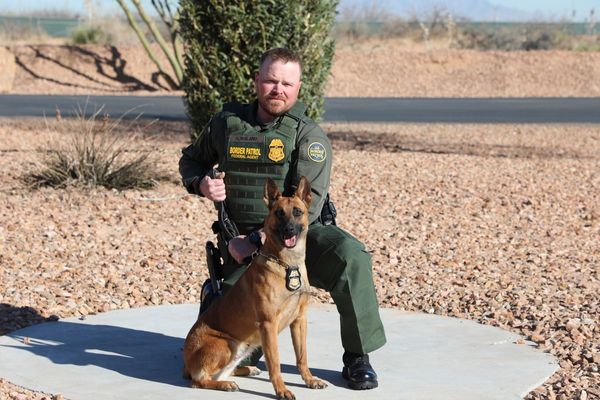
The Pentagon unveiled its first new strategic bomber in more than 30 years on Friday, a nuclear-capable bat-wing plane that will become a central component of the US effort to counter China’s military build-up when it enters service around 2027.
Almost every aspect of the B-21 Raider is classified, but in a tightly-controlled unveiling at the Air Force’s Plant 42 in Palmdale, California, currently home of Lockheed-Martin’s legendary Skunk Works, the new strategic plane was briefly shown to the public.
“This isn’t just another airplane,” Lloyd Austin, the defence secretary, said. “Fifty years of advances in low-observable technology have gone into this aircraft. Even the most sophisticated air defence systems will struggle to detect a B-21 in the sky.”
The ceremony started with a flyover of the three bombers still in service: the 70-year-old B-52 Stratofortress, the 49-year-old B-1 Lancer and the 33-year-old B-2 Spirit, a strategic plane of which only 20 were ever built.
The B-21, manufactured by Northrop Grumman, looks much like B-2, acknowledged the contractor’s CEO Kathy Warden. “The way it operates internally is extremely advanced compared to the B-2, because the technology has evolved so much in terms of the computing capability that we can now embed in the software of the B-21,” Warden said.
Included in information offered to the public was the plane’s estimated cost ($700m), engine manufacturer (Pratt & Whitney) and payload (conventional and nuclear). Top speed, ceiling, range were all listed as classified, though the Pentagon allowed that it will be “optionally crewed” and it wants 100 of them.
The B-21 is the first part of the US nuclear deterrent’s $1tn overhaul – an upgrade that will include new nuclear submarines and land-based missiles – and represents a rapid shift from aircraft and cruise missiles needed for counterterrorism campaigns in Afghanistan and elsewhere to weapons that can meet China’s military modernisation.
In its annual China report published this week, the Pentagon said China is on track to have 1,500 nuclear weapons by 2035. Including hypersonic missiles, cyber warfare and space capabilities, the report said that China represents “the most consequential and systemic challenge to US national security and the free and open international system”.
Six Raiders are in production, and it was shown to the public because it will soon start ground testing in open view. The first flight is planned for next year.
But some warned that estimates of cost depend on how many the Pentagon purchases and if testing runs smoothly.
“It’s easy to say that the B-21 is still on schedule before it actually flies,” Dan Grazier, a senior defense policy fellow at the Project on Government Oversight, told Reuters. “It’s only when one of these programs goes into the actual testing phase when real problems are discovered.”
The Raider’s larger predecessor, the B-2, was anticipated to be a fleet of 132 aircraft when it was unveiled in 1988. But the collapse of the Soviet Union, combined with cost over-runs, reduced the anticipated order five-fold. That left each plane costing $2.2bn in 2022 dollars. The B-2 was also limited because its windows didn’t open and it had to be housed in large, air-conditioned hangers to stop its cockpit electrics from frying.
According to the Wall Street Journal, the Pentagon began allowing Northrop Grumman employees to acknowledge to their families and friends that they worked on the B-21. Northrop Grumman said 400 suppliers are involved in the project and the plane had been designed with existing parts and technology.
“The B-21 is designed to be a daily flier,” Tom Jones, head of the company’s aerospace unit, told the outlet.







